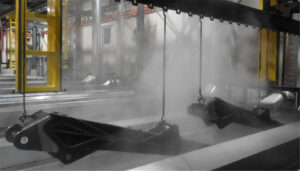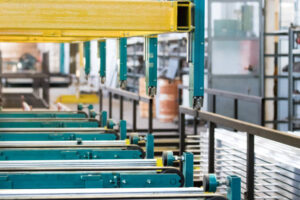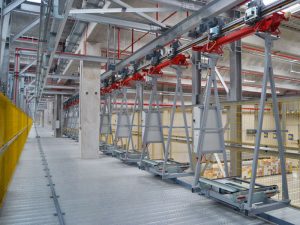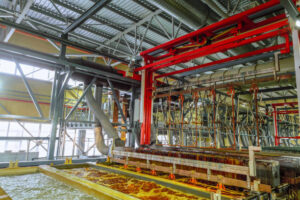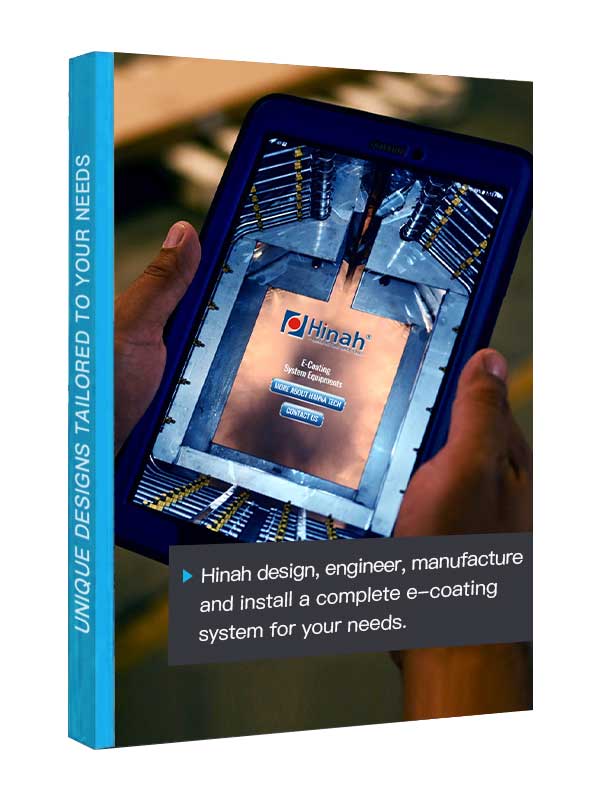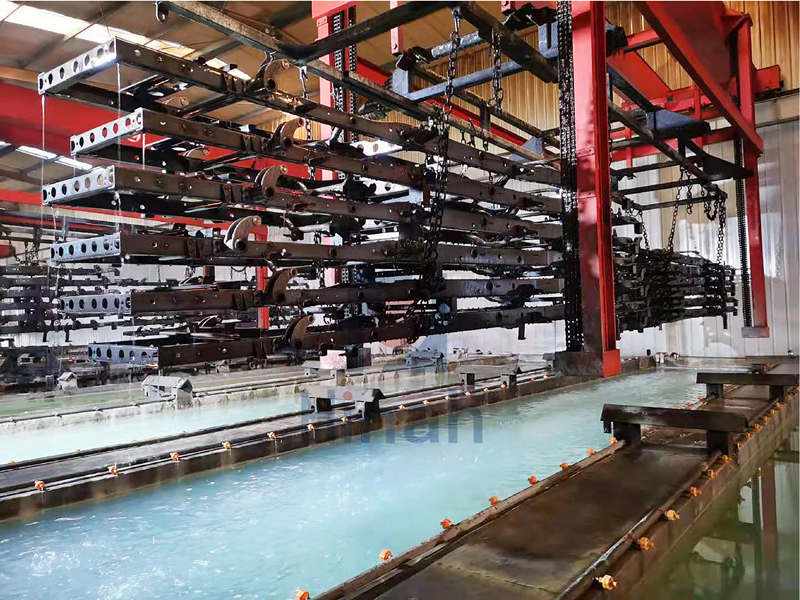While electrocoating is renowned for its uniform finishes and corrosion resistance, many manufacturers overlook the hidden costs lurking in their operations. Beyond paint consumption and energy use, risks like non-compliance fines, wasted resources, and hazardous waste disposal fees silently erode profitability.
Traditional systems often prioritize coating quality alone, leaving environmental inefficiencies unaddressed. This is where modern electrocoating environmental technology transforms the game. By integrating targeted solutions for exhaust gas, wastewater, and waste treatment, manufacturers can slash operational costs and future-proof their facilities against tightening regulations. Let’s explore how these systems turn sustainability into a competitive advantage.
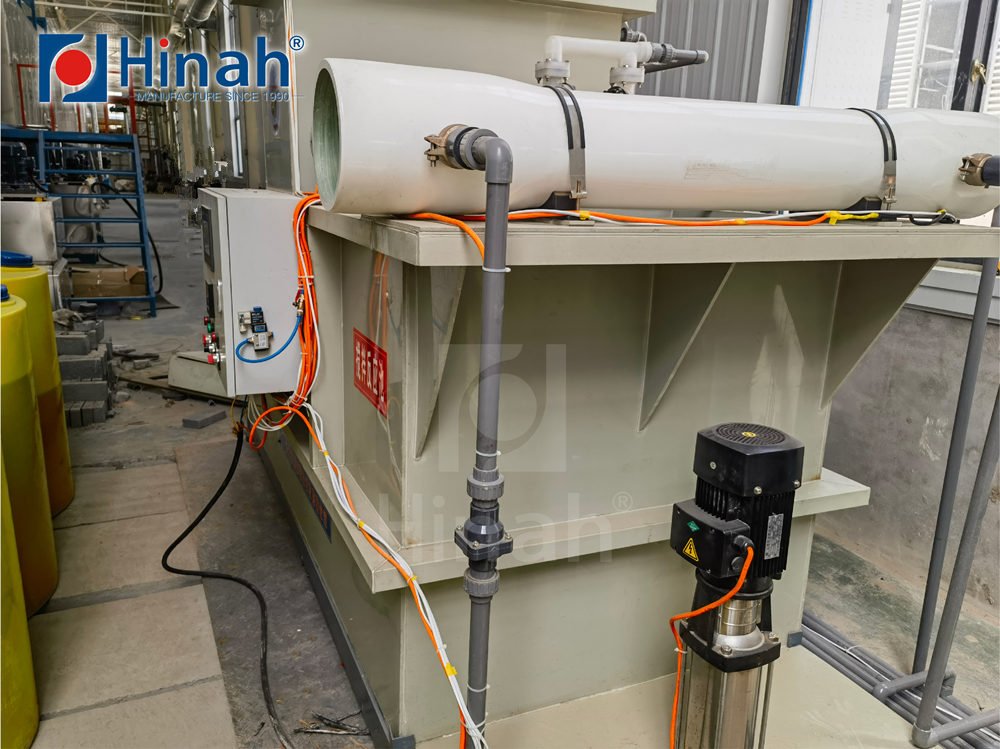
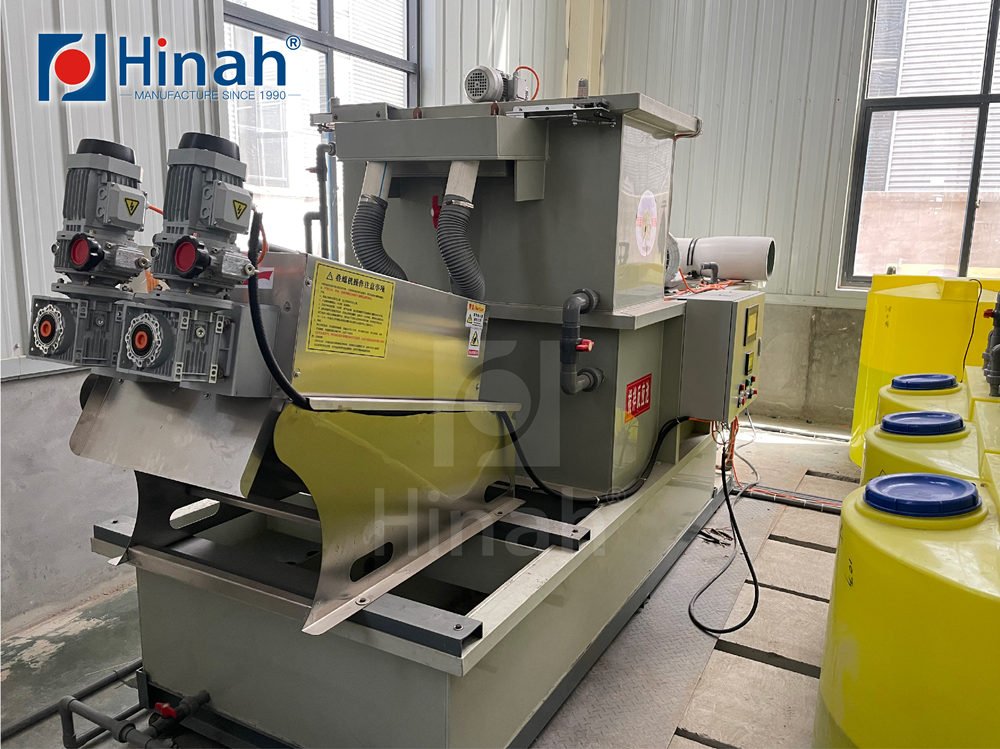
Electrocoating Exhaust Gas Treatment Equipment: Clean Air, Lower Risks
Electrocoating processes generate volatile organic compounds (VOCs) and acidic fumes that risk costly EPA violations and energy waste. Modern exhaust treatment systems like thermal oxidizers, scrrubbers, and activated carbon filters address these challenges while cutting operational costs. Wet scrubbers neutralize acidic emissions through chemical absorption, ideal for compact production lines, while regenerable carbon filters adsorb low-concentration VOCs common in automotive electrocoating, minimizing long-term maintenance costs.
Beyond compliance, these systems safeguard productivity. Automated monitoring prevents filter clogs that halt production, and recovered heat slashes energy bills. By integrating these technologies, manufacturers avoid six-figure fines, align with ESG goals, and maintain coating quality—proving sustainability and profitability can coexist.
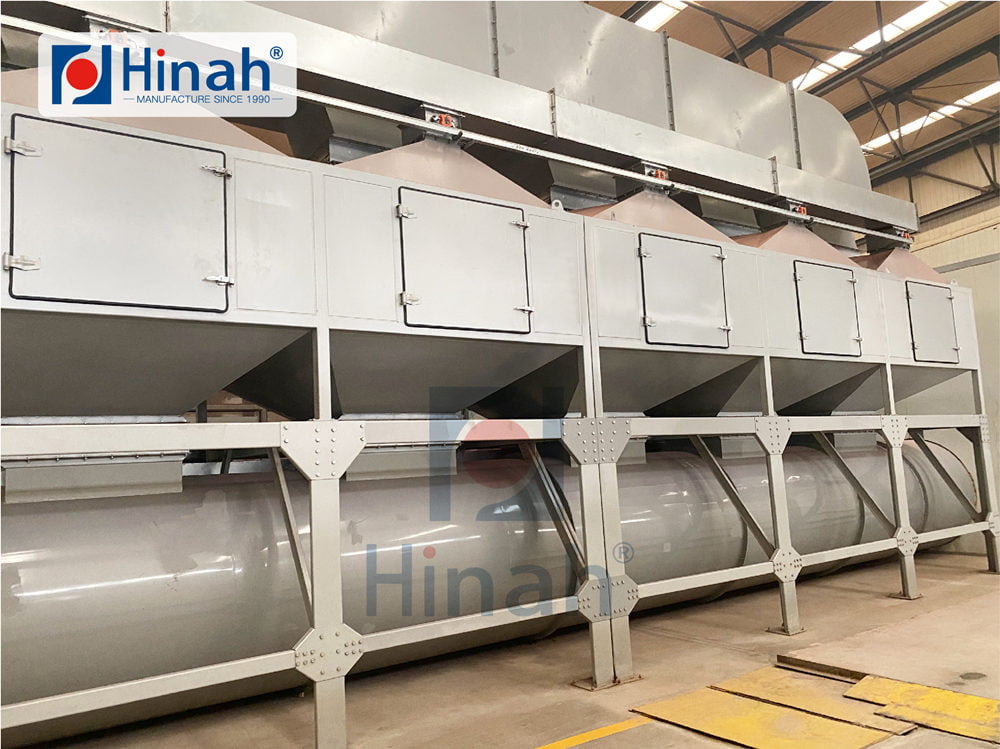
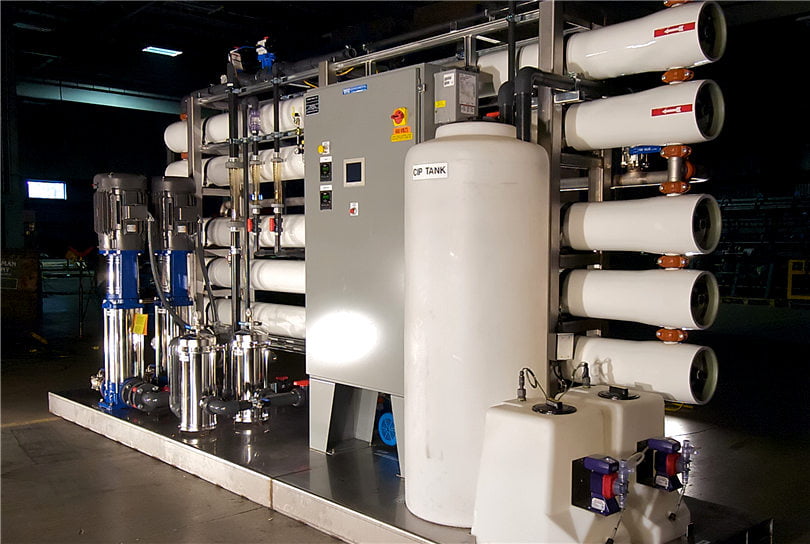
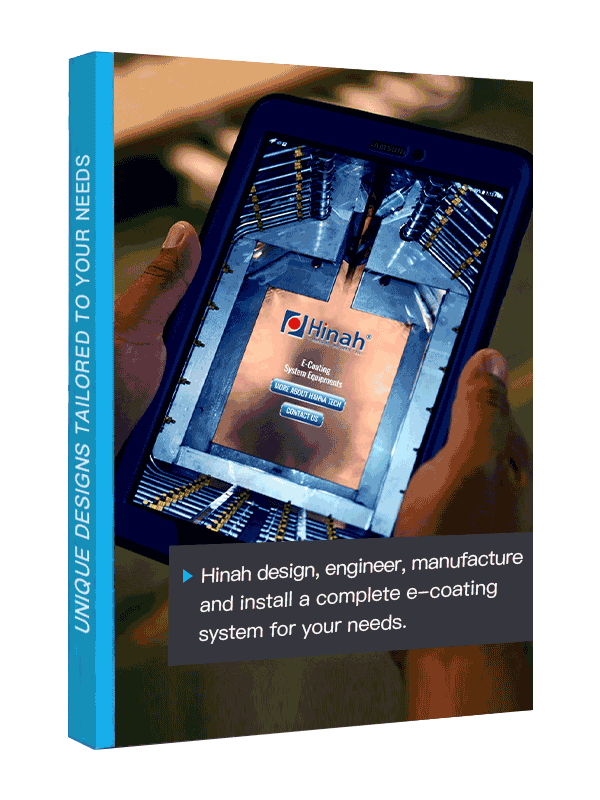
Let's Have A Chat
Get An E-coating Line Planning !
Match Your Products, Get The Solution & Price..
Electrocoating Wastewater Treatment Equipment: Minimize Disposal, Maximize Reuse
Electrocoating generates wastewater laden with heavy metals, resins, and solvents, which, if untreated, incurs steep disposal fees and environmental penalties. Advanced wastewater treatment systems like membrane filtration units, automated pH neutralization stations, and sludge dewatering presses transform this liability into a resource. Closed-loop systems, for example, recycle up to 90% of water by separating contaminants via ultrafiltration membranes, drastically reducing freshwater intake. Simultaneously, pH adjustment modules neutralize acidic or alkaline runoff to meet EPA discharge standards (typically 6-8 pH), avoiding non-compliance fines that can exceed $50,000 per violation.
The financial upside extends beyond compliance. Sludge dewatering equipment reduces waste volume by 60-70%, lowering landfill costs and hazardous material handling risks. By prioritizing wastewater recycling, manufacturers not only mitigate regulatory risks but also turn sustainability into a measurable profit driver—proving eco-efficiency and operational efficiency go hand in hand.
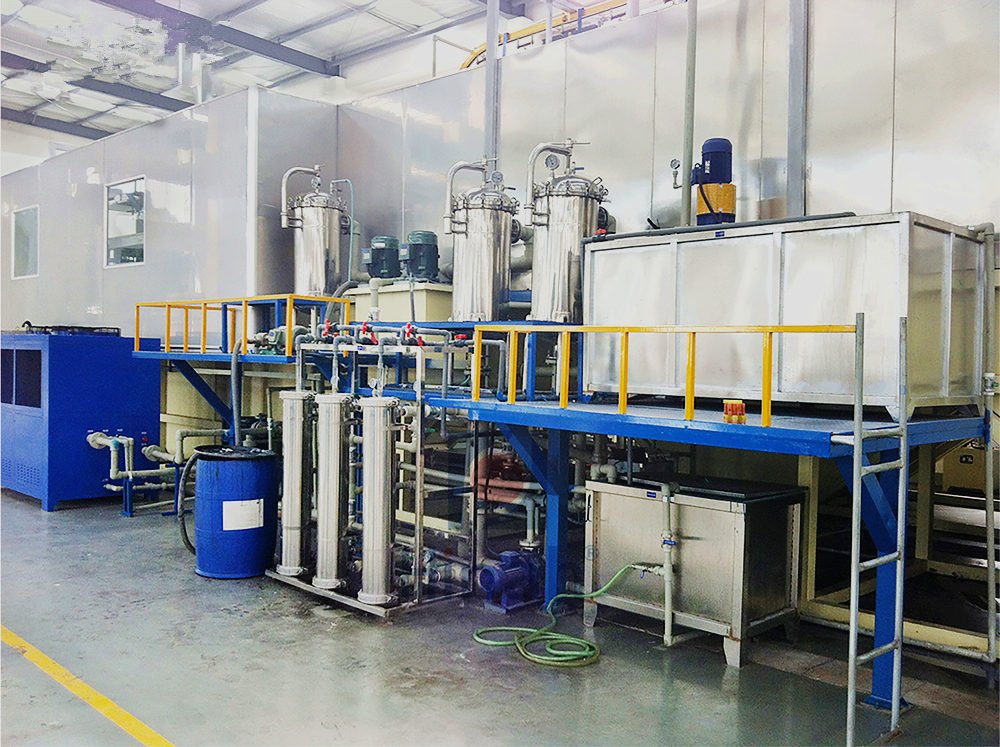
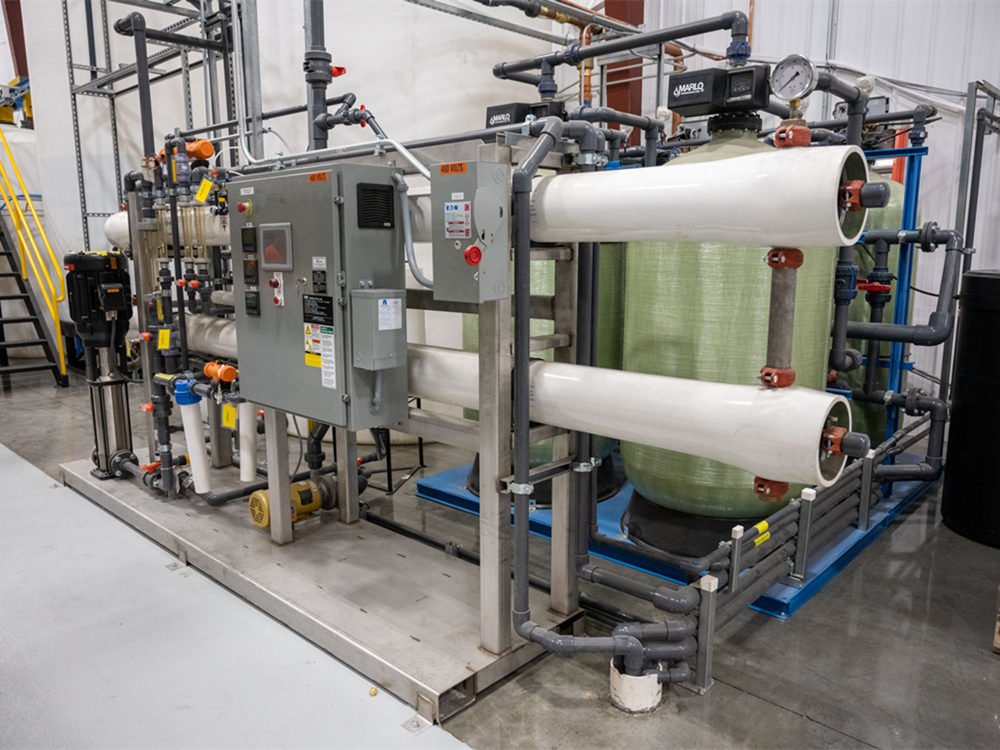
Electrocoating Waste Treatment Equipment: From Sludge to Savings
Electrocoating processes produce hazardous sludge and solid waste containing heavy metals, cured resins, and overspray debris, which escalate disposal costs and regulatory risks. Advanced waste treatment systems like centrifuges, filter presses, and chemical stabilization units convert this waste stream into cost-saving opportunities. For instance, high-speed centrifuges separate solids from liquid sludge, reducing waste volume by up to 70% and slashing landfill fees. Filter presses further compress solids into compact “cakes,” minimizing hazardous material handling requirements.
The financial impact is clear: automated systems reduce labor costs by 50% compared to manual sludge handling, while stabilized waste avoids costly reclassification as hazardous material. By transforming sludge from a liability into managed resource recovery, electrocoating facilities not only comply with global standards but also unlock long-term operational savings—proving that responsible waste management is a strategic business advantage.

